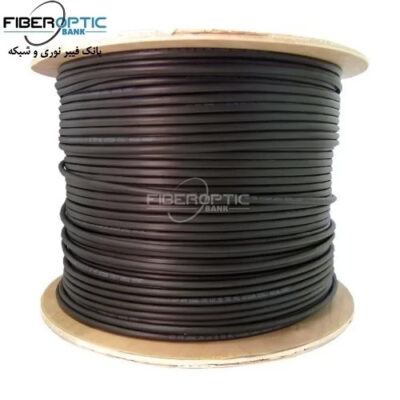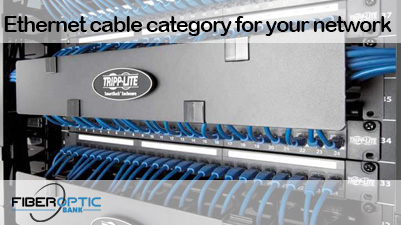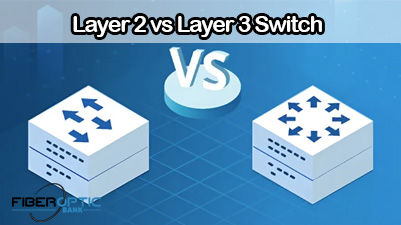Hardware Firewall
A hardware firewall is a physical appliance that is deployed to enforce a network boundary. All network links crossing this boundary pass through this firewall, which enables it to perform inspection of both inbound and outbound network traffic and enforce access controls and other security policies.
These firewalls, which contain both the hardware and software features necessary to enforce a network boundary, can offer a variety of different networking and security features, including URL filtering, an intrusion prevention system (IPS), and even Wi-Fi support.
Hardware Firewall
A network security solution, a hardware firewall is designed to protect an organization’s network boundary by being deployed in inline mode. This means that the physical network cables over which traffic can cross this boundary are connected to ports on the “inside” and “outside” of the firewall.
When traffic enters a network firewall, it is subjected to security inspection and may have multiple different controls applied to it. At a high level, firewalls commonly are configured to block certain types of traffic from crossing the network boundary. This can help to block traffic over any unused or undesirable ports from entering the network and to stop certain types of traffic from leaving the network (such as traffic that could leak sensitive data).
Beyond this, many firewalls also have additional access controls and security inspection capabilities. They may be able to apply signature detection or machine learning to traffic to identify malicious content and to apply access controls for certain resources. All of these filters and protections help to secure the network and the systems connected to it against exploitation.
Software vs Hardware Firewalls
Hardware firewalls are not the only available firewall option. An organization may choose to deploy a software-based firewall as well.
The main difference between a hardware firewall and a software firewall is that the hardware firewall runs on its own physical device, while a software firewall is installed on another machine. A common example of a software firewall is the firewall built into most operating systems like Windows and macOS. These OS firewalls are bundled with the operating system and can run on any compatible hardware.
However, these OS firewalls are not the only options for software firewalls. Like hardware firewalls, software firewalls are also offered as standalone solutions. An organization can purchase and deploy these firewalls in locations where a hardware firewall may not be a viable option, such as in cloud environments.
Key Benefits of Hardware Firewalls
Hardware firewalls, deployed as physical appliances, provide a number of benefits compared to software firewalls, including:
- Consistent Security: Software firewalls installed on different computers can all be configured differently. Unless an organization can implement and enforce a consistent security configuration, software firewalls may be disabled or have varying levels of security. A hardware firewall, on the other hand, provides consistent protection to all devices protected by it.
- Standalone Protection: A software firewall likely runs on the protected computer. This means that it takes up resources that could otherwise be used for other purposes. A hardware firewall runs on its own hardware, meaning that increases in traffic volume or security requirements do not impact the performance of the protected machines.
- Simplified Management: With a software firewall, each computer needs to be individually configured, managed, and updated to provide strong protection against cyber threats. A hardware firewall, on the other hand, is a single appliance that protects the entire network. Any updates or configuration changes that are required can be applied once and will instantly apply to all devices protected by the firewall.
- Improved Security: A hardware firewall runs on its own dedicated hardware instead of relying on the resources of the computer where it is installed. This can help to protect it against attacks designed to exploit the underlying operating system or the programs running alongside it.
- Centralized Visibility: Running independent software firewalls on each device within an organization’s network means that the security team either lacks complete network visibility or must put in extra effort to aggregate and assimilate information from all of the various devices. A hardware firewall centralizes all network monitoring and logging in a single appliance.
Which Kind of Firewall is Right For You?
A big decision to make is whether to use a hardware or software firewall to protect a network. Both of them have their own advantages and disadvantages and the right choice depends on an organization’s unique situation and use cases.
Beyond the choice of a physical firewall appliance and a software-based firewall, it is also important to select a firewall that provides the features necessary to protect the organization against cyber threats. To learn more about what to look for in a firewall solution, check out this buyer’s guide. You’re also welcome to schedule a demo to learn about how Check Point’s next-generation firewall (NGFW) solutions can help to improve your network security.
Source: checkpoint
Related products...
fiber-optic-cable
fiber-optic-cable
fiber-optic-cable

















[ratings]